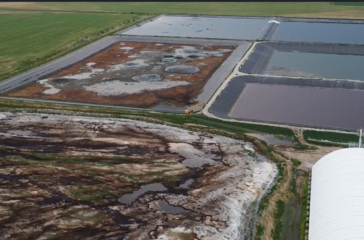USDA withdraws proposed rule meant to reduce Salmonella in poultry products
By Shannon Kelleher
Federal regulators on Thursday withdrew a proposed framework for raw poultry products that was introduced under the Biden administration to reduce the spread of Salmonella bacteria, one of the leading pathogens involved in foodborne illness outbreaks.
The rule, proposed by the Food Safety and Inspection Service (FSIS) under the US Department of Agriculture (USDA) in August 2024, would have declared chicken and turkey products spoiled if they contained 10 or more colony-forming units of the bacteria and if they were contaminated with Salmonella strains that are considered particularly concerning for human health.
“The Biden-era proposal would have imposed significant financial and operational burdens on American businesses and consumers, failing to consider an effective and achievable approach to address Salmonella in poultry products,” said a USDA spokesperson.
FSIS will work to assess its approach to addressing Salmonella in poultry products in ways that won’t “impose regulatory burdens on American producers and consumers,” said the spokesperson, including by evaluating whether an update to the current Salmonella standards is warranted.
The announcement comes after some US lawmakers introduced a bill earlier this year aimed at preventing the USDA from implementing the framework. The move to axe the proposed rule also comes on the heels of the US Food and Drug Administration (FDA)’s announcement last month to delay by 30 months the implementation of a rule designed to help the agency quickly find contaminated foods and remove them from the supply chain.
The Trump administration also recently terminated two USDA food safety advisory committees, including one that was researching how to better predict and control foodborne pathogens, including Salmonella.
 EWG
EWG








